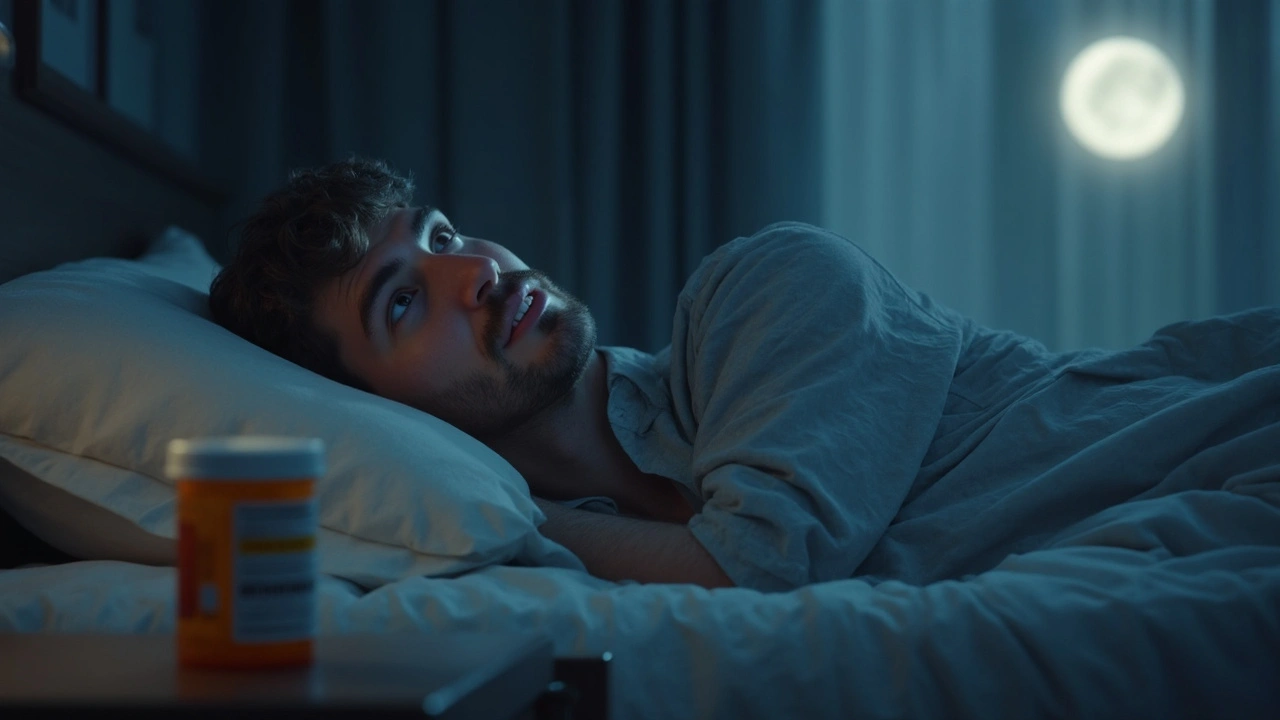Sleep Disturbances: What They Are and How to Fix Them
Ever lie awake wondering why you can't drift off? That's a sleep disturbance, and it affects millions. It can show up as trouble falling asleep, waking up often, or feeling exhausted even after a full night. The good news? Most of the time you can make changes at home to feel more rested.
Common Types of Sleep Disturbances
Not all sleepless nights are the same. Here are the most frequent culprits:
- Insomnia – difficulty falling or staying asleep.
- Sleep apnea – brief pauses in breathing that jolt you awake.
- Restless Leg Syndrome (RLS) – an urge to move your legs, especially at night.
- Shift‑work disorder – a misaligned internal clock from odd work hours.
- Circadian rhythm disorder – your body’s natural clock is off, causing late‑night alertness.
Each type has its own warning signs. For insomnia, you might toss and turn for hours. With sleep apnea, a partner often hears loud snoring or choking sounds. RLS feels like crawling insects under the skin. Spotting the pattern helps you pick the right fix.
Practical Tips to Better Sleep
Before you reach for meds, try these simple habits. They cost nothing and work for many people.
- Set a regular bedtime and wake‑up time, even on weekends. Consistency tells your brain when to chill.
- Keep the bedroom cool, dark, and quiet. Use blackout curtains, earplugs, or a white‑noise app if needed.
- Limit screens at least an hour before bed. The blue light tricks your mind into thinking it’s daytime.
- Avoid big meals, caffeine, and alcohol close to bedtime. They can interrupt deep sleep stages.
- Wind down with a calming routine: reading, gentle stretches, or a warm shower.
If you notice persistent snoring, choking, or daytime fatigue, it’s smart to talk to a doctor. A sleep study can confirm apnea or other disorders and point to proper treatment.
Stress also hijacks sleep. Try a quick breathing exercise: inhale for four seconds, hold for four, exhale for four, and repeat three times. It lowers heart rate and signals your body to relax.
Sometimes a short nap can help, but keep it under 30 minutes and early in the afternoon. Longer naps can mess with nighttime sleep.
Remember, improving sleep is a habit, not a one‑time fix. Track what works for you in a simple notebook or phone app. Over weeks you’ll see patterns and be able to fine‑tune your routine.
Sleep disturbances don’t have to rule your life. By spotting the type, cleaning up your sleep environment, and adding a few easy habits, you can reclaim a good night’s rest and feel more energized each day.

